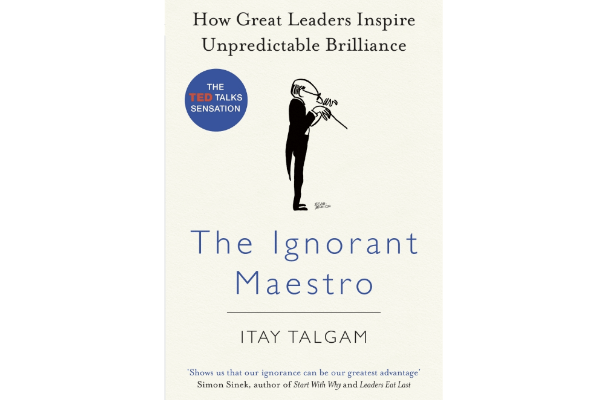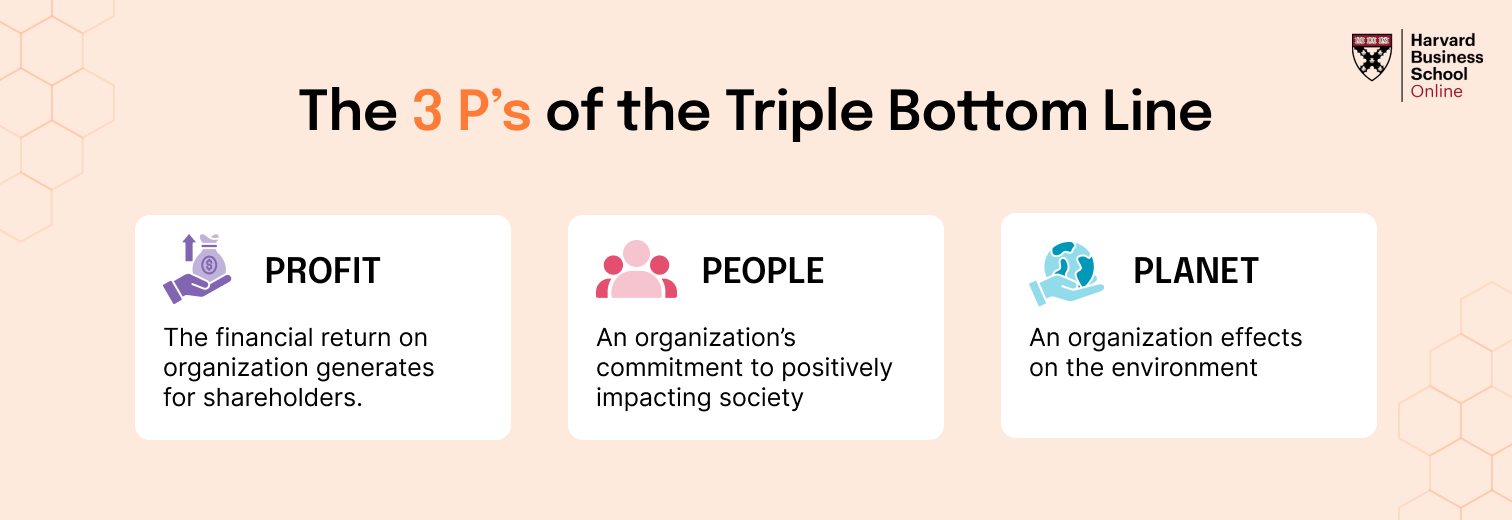In many of the organisations we collaborate with, there is a familiar pattern. A brilliant strategy is set in motion, goals are aligned, and teams are motivated. But a few months in, execution loses momentum.
The problem is not with the people or the plan. It is with the whirlwind. That never-ending stream of emails, meetings, last-minute requests, and shifting priorities. The day begins with intention but ends in reaction.
This is why the book The 4 Disciplines of Execution by Chris McChesney, Jim Huling, and Sean Covey remains a relevant and practical resource. Its premise is simple. Strategy fails not because of poor thinking, but because of inconsistent execution. In today’s attention-deficit work environment, this feels truer than ever.
Let us explore the core ideas of the book and how they apply to daily leadership, team collaboration, and learning at work.
Why Execution Fails Even When Strategy is Clear
Table of Contents
The authors highlight four key barriers:
- People are stuck managing daily urgencies and distractions
- Teams lack clarity on what matters most
- Progress is tracked through end results instead of actionable inputs
- Accountability feels inconsistent or forced
These are not theoretical problems. In our work with clients, we often hear statements like:
“We started the quarter with clear goals, but we lost track by week six.”
“Everyone is working hard, but we are not sure if we are working smart.”
This is where the 4 Disciplines of Execution comes in as a system that supports clarity, focus, and momentum.
Discipline One: Focus on the Wildly Important
If everything is a priority, then nothing truly is.
The first discipline asks teams to commit to one or two Wildly Important Goals. These are not your standard performance indicators. They are the critical few that make the biggest difference.
A Wildly Important Goal is:
- Strategic and measurable
- Urgent in its relevance
- Clearly stated with a beginning and an end
- Owned by the team, not just assigned by a manager
When we facilitate leadership workshops, we encourage teams to debate and agree on their Wildly Important Goal. This is not about listing five objectives. It is about choosing the one that matters most and defining success with precision.
A good example might be: “Increase client engagement from thirty percent to fifty percent by the end of Q3.”
When teams own this goal, it acts like a lighthouse. Even when the whirlwind strikes, the team remembers what it is working toward.
Recommended reading: Facilitative Goal Setting
Discipline Two: Act on Lead Measures
This discipline teaches us the difference between lag and lead.
Lag measures are the results we want. Revenue. Market share. Weight loss. Client retention. The problem is that they come too late to influence.
Lead measures, on the other hand, are the actions that drive those outcomes. They are predictive and controllable.
Examples:
- Lag: Customer satisfaction
Lead: Number of proactive follow-up calls - Lag: Sales revenue
Lead: Number of client demos scheduled
In one learning journey with a customer service team, we discovered that their focus was entirely on lag data. Once they began tracking lead measures, such as call resolution time and empathy indicators, their morale improved and so did their outcomes.
Lead measures give teams control and clarity. They turn progress into a habit, not a hope.
Discipline Three: Keep a Compelling Scoreboard
People play differently when they know the score.
A scoreboard is not a report. It is a visual tool that helps teams see where they stand in real time. It includes:
- The team’s Wildly Important Goal
- The lead measures being tracked
- The current performance status
We have seen creative examples of this across clients:
- A shared whiteboard updated weekly with progress
- A simple slide in team calls showing movement
- A Slack channel where teams post results and blockers
- A leaderboard showing improvement over time
The scoreboard should be owned by the team, not handed down by the manager. It builds energy and makes results feel personal.
Also Read: Your Goal Is Your Motivation
Discipline Four: Create a Cadence of Accountability
This is where theory becomes practice.
The final discipline is about building a regular rhythm where the team checks in on their commitments. These short, focused meetings have just three questions:
- What did I commit to last week
- Did I follow through
- What will I commit to this week
We encourage leaders to keep these conversations honest and brief. No slides. No blame. Just learning and recommitment.
At FocusU, we experimented with weekly fifteen-minute team check-ins. We called them WIG circles. Over time, they created a space of shared responsibility. People felt encouraged to own their goals and ask for help early.
Also Read: How Not To Give Up On Your Goals
What We Learned Applying WIGs at FocusU
Some years ago, we adopted this model within our own teams.
Each department picked one Wildly Important Goal. We tracked lead actions every week. Dashboards went up in shared channels. Review meetings were short and regular.
For a few months, it worked beautifully.
Then something shifted. The rhythm remained, but energy faded. Progress slowed. We had made a common mistake. We had become so focused on the process that we forgot the purpose.
We paused. Talked to the teams. Revisited the why behind each goal. That honest reflection helped us course-correct.
What we learned was simple. The system works, but it must be fed with meaning, not just mechanics.
A Leadership Lens: What This Means for Managers
If you are leading a team, your most valuable job is to bring clarity.
That means helping the team:
- Choose what truly matters
- Focus on actions, not just outcomes
- Measure progress in ways that inspire
- Meet consistently to reflect and adapt
These are not flashy moves. They are foundational habits. Managers who adopt them often report less stress, more ownership within their teams, and greater alignment with business goals.
In our leadership programs, we introduce these disciplines as part of habit-building. Over time, teams that practice this report better engagement and fewer surprises.
Explore more: Building Trust in Teams
My Own Experience Escaping the Whirlwind
When I first read this book, I was overwhelmed. Juggling multiple projects. Checking emails every few minutes. Always behind on something.
The first thing I did was identify one Wildly Important Goal for myself: finish a long-delayed module design by the end of the quarter.
I picked two lead actions: forty-five minutes of focused work every morning, and one progress update every Friday.
That alone changed how I felt. I was no longer reacting to everything. I was choosing what to respond to.
This experience made me a believer in the power of small, steady actions aligned to a clear goal.
Try This If You Are Feeling Stuck
If you are currently in the middle of the whirlwind, try this framework for just one goal:
- Pick one thing that matters deeply to your team or your role
- Define the lead actions that will move it forward
- Track them weekly
- Create a five-minute review rhythm with your team or partner
It might feel uncomfortable at first. But within a few weeks, it becomes grounding.
This is not just execution. It is habit-building. It is focus in a world that pulls you in many directions.
Final Reflection
The 4 Disciplines of Execution is not a quick fix. It is a mindset. One that teaches us to focus on the vital few, act with intention, measure what matters, and meet consistently with purpose.
In a world filled with distractions and complexity, that kind of structure does more than improve performance. It builds trust, clarity, and culture.
For me, this book is a reminder that the biggest wins often come from the smallest consistent actions. And that execution is not about doing more. It is about doing what matters, with people who care, in a way that builds momentum every week.










